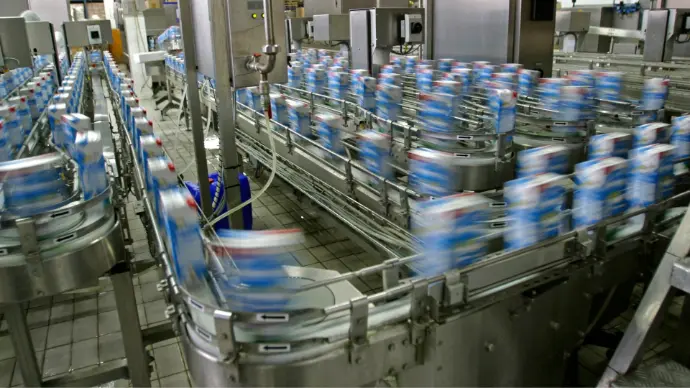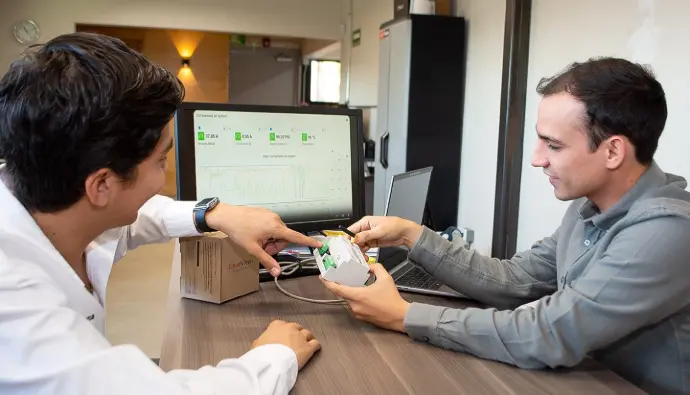1. Key Challenge
The plant was in the midst of an expansion, with plans to add a new production line. However, its compressed air system, operated by two compressors (IRN100H-OF and SIERRA-L100A), was already experiencing overload during peak demand periods. This challenge was compounded by high energy costs, unstable pressure, and limited storage capacity. A comprehensive solution was needed to ensure operational continuity, improve efficiency, and prepare the facility for the projected growth.


2. Implemented Solution
A sizing assessment was conducted, including continuous monitoring with Cloudview+ over a 21-day period, along with an analysis of loads, pressures, and energy consumption. Based on the data, three viable solutions were proposed:
- Independent system for the new production line with a 50 HP variable speed compressor.
- Centralized air system at 125 PSI, configured with 3 compressors (2 fixed-speed 100 HP units and one variable-speed unit of 75 or 100 HP).
- Operating pressure optimization,, reducing from 85 to 74 PSI.
Additionally, a new storage system with wet and dry tanks was recommended to improve air quality and ensure stable pressure under critical conditions.
3. Results
The implementation of the sizing assessment resulted in tangible savings and improvements:
- The pressure reduction to 74 PSI enabled an annual energy savings of 397,181 kWh, reducing energy costs by $62,163 USD and emissions by 138 tons of CO2.
- It was established that the new total air demand (671.1 CFM) could be met with the variable compressor option, guaranteeing efficiency even with future growth.
- The improvement in pressure regulation and storage ensured a stable system, capable of operating without pressure drops during production peaks.


4. Conclusion
The Energy Demand Analysis study conducted was crucial to anticipating growth challenges. Through detailed analysis of air demand, energy behavior, and operating conditions, realistic and efficient solutions were proposed. As a result, the plant is not only prepared for its new production line but has also optimized energy consumption, reduced operational costs, and advanced its commitment to sustainability.